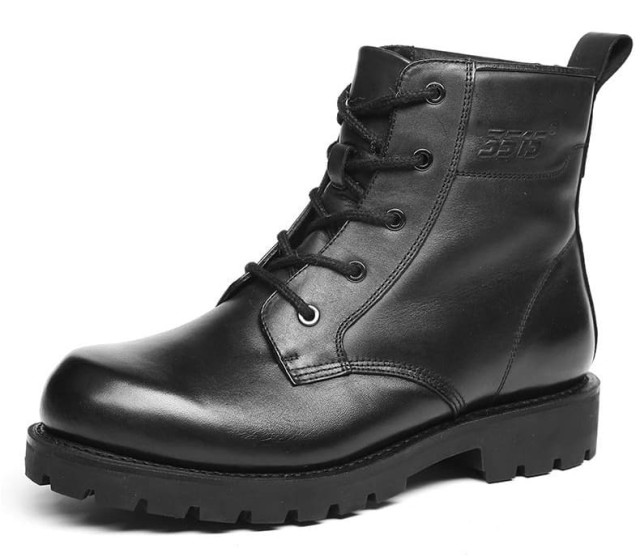Snowshoeing transforms winter landscapes into accessible adventures, but your footwear makes all the difference. While dedicated winter boots exist, many hikers wonder: Can my trusted hiking shoes handle snowshoeing? The answer lies in strategic adaptations addressing waterproofing, thermal regulation, and traction compatibility.
Waterproofing vs. Winter-Ready: Beyond Basic Weather Resistance
Not all waterproof hiking shoes are created equal for snow conditions.
Shoe-Binding Interface Requirements
Snowshoe bindings demand specific shoe features:
- Stiff midsoles prevent binding pressure points during prolonged use
- High-rise ankle collars minimize snow ingress (though not all snowshoes require full boots)
- Reinforced toe boxes withstand frequent binding adjustments
Pro Tip: Test your bindings with hiking shoes before venturing into deep snow. Some hybrid bindings accommodate lighter footwear better than traditional models.
Moisture Management in Sub-Zero Conditions
Waterproof membranes like Gore-Tex® work until internal condensation freezes. Combat this with:
- Vapor-barrier socks (for static activities)
- Merino wool liners wicking moisture upward
- Breathable gaiters preventing external snowmelt ingress
Research shows rubberized soles (like those in 3515's winterized hiking line) reduce 40-60% of moisture-related heat loss compared to standard synthetic materials.
Thermal Performance Essentials: Activity Dictates Insulation
Insulation Layer Strategies
- Low-intensity snowshoeing (photography, nature walks): Prioritize lofted insulation (200-400g Thinsulate™)
- High-output traverses: Use aerogel footbeds paired with minimal underfoot insulation to avoid overheating
Did you know? The body sacrifices foot warmth to preserve core temperature. Over-insulating during vigorous activity can paradoxically increase frostbite risk through excessive sweating.
Activity-Specific Heat Retention
- Start cold: Feet should feel slightly chilly at departure to accommodate exercise-generated warmth
- Chemical warmers: Place on top of feet (not soles) to maintain circulation
- Overboot systems: 3515's modular designs allow insulation adjustment as temperatures fluctuate
Traction Systems Analysis: When Hiking Soles Meet Snow
Snowshoe Cleat Compatibility
Most modern snowshoes accommodate:
- Vibram® Arctic Grip soles (stud-receptive rubber compounds)
- Aggressive lugs (6-8mm depth ideal for mixed terrain)
- Flat heel platforms ensuring binding security
Avoid:
- Excessively soft soles deforming under binding tension
- Metal crampons conflicting with snowshoe cleats
Ice-Grip Enhancement Techniques
When transitioning between snowshoe and bare ground:
- Microspikes: Slip over existing lugs for short icy sections
- Silicone-based traction sprays: Temporarily improve rubber grip
Rubber compounds excel in winter traction by remaining pliable below freezing—a key advantage over rigid plastics.
Ready to equip your footwear line for winter adventures? 3515 partners with distributors and brands to develop adaptable footwear systems, from insulated hiking hybrids to modular overboot solutions. Let’s create winter-ready footwear that performs across seasons—[contact our team] to discuss scalable production options.
Final Thought: The best snowshoeing footwear balances protection and adaptability, much like winter itself—constantly shifting yet navigable with the right preparation.
Related Products
- Wholesale Durable Camo Canvas Shoes with High-Traction Rubber Soles
- Durable High-Traction Canvas Sneakers Wholesale & Custom Manufacturing
- Wholesale Customizable Suede Safety Boots - Puncture-Proof with Velcro Closure
- Durable Canvas Work Shoes with Rubber Lug Sole | Wholesale Manufacturer
- Durable Rubber-Soled Utility Shoes for Wholesale & Custom Brand Manufacturing
Related Articles
- How Tactical Footwear Shields Delivery Workers from Job-Specific Injuries
- How to Choose Tactical Footwear That Matches Your Public Safety Role
- How Tactical Footwear Engineering Prevents Police Injuries
- How Tactical Footwear Balances Protection and Comfort in Extreme Conditions
- How Tactical Footwear Camouflage Works: Science, Adaptation, and Mission Success



















